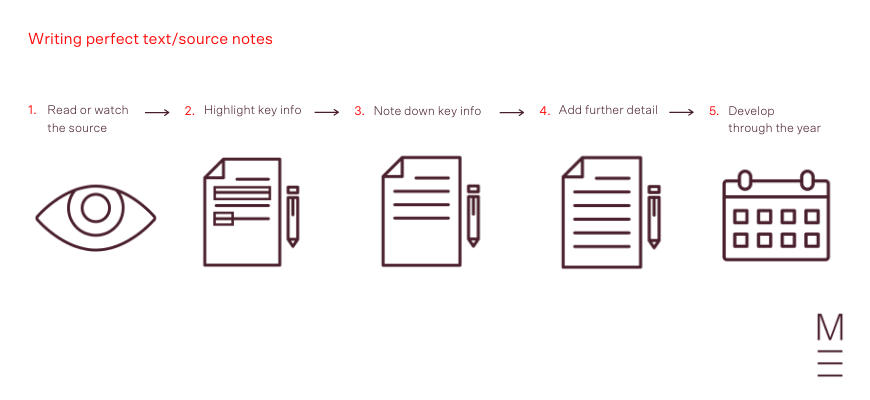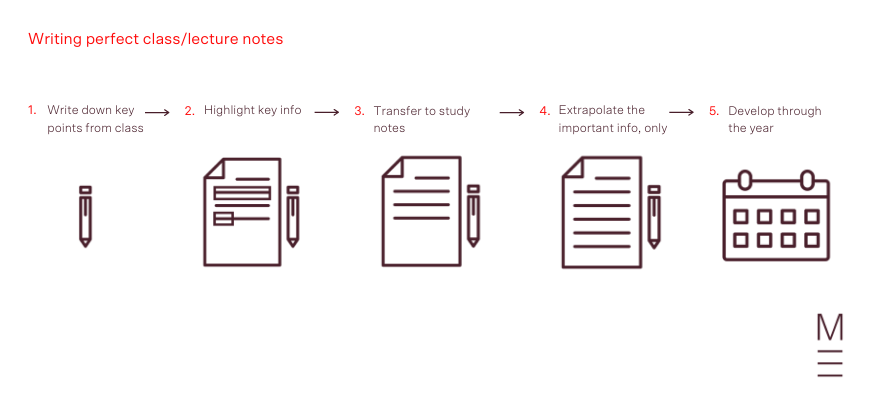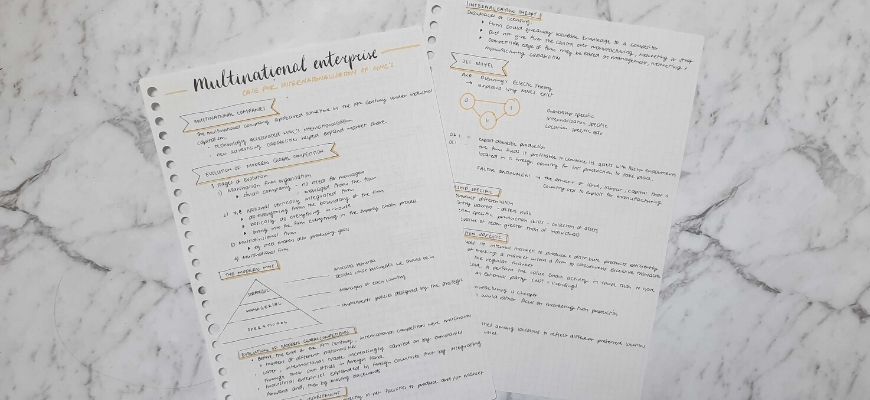Welcome to Matrix Education
To ensure we are showing you the most relevant content, please select your location below.
Select a year to see courses
Learn online or on-campus during the term or school holidays
Learn online or on-campus during the term or school holidays
Learn online or on-campus during the term or school holidays
Learn online or on-campus during the term or school holidays
Learn online or on-campus during the term or school holidays
Learn online or on-campus during the term or school holidays
Learn online or on-campus during the term or school holidays
Get HSC Trial exam ready in just a week
Get HSC exam ready in just a week
Select a year to see available courses
Science guides to help you get ahead
Science guides to help you get ahead
Want to revise more effectively? Need to know the secret to writing perfect study notes? Well, you've come to the "write" place!

Join 75,893 students who already have a head start.
"*" indicates required fields
Related courses

Join 8000+ students each term who already have a head start on their school academic journey.
Want to create perfect study notes but don’t know where to start? in this article, we’ll break down two detailed methods for note-taking step-by-step. We also canvas other popular methods before explaining the best methods for getting the most out of your exam-conquering notes!
Good notes make for good marks, perfect notes make for perfect marks (or close to!). Making perfect notes is an investment in time and your future. If you want that 99.95 ATAR or the A+ or Band 6 result, it all starts with excellent notes. And that means commitment.
If you want to do well and want the notes to help you get there, then there aren’t really any short-cuts! There’s just consistent habits and grind.
This is a good thing because it means anybody can achieve great marks, they just need to do the work! In this article, we’re going to break down what goes into this.
Want a free note-taking kit to write perfect study notes?
Download our kit with clear step-by-step instructions and the 3 templates below for you to print and use!
Write the perfect notes to ace your exams! Fill out your details below to get this resource emailed to you. "*" indicates required fields
Download your FREE Ultimate Note-Taking Kit

Download your FREE Ultimate Note-Taking Kit
Yes!
If you don’t want to have to commit to one style. Don’t worry, after we show you the processes, we’re going to look at a few different styles. in addition, we’ll look at plenty of examples on the way.
However, we do insist that when you do write notes you write them by hand. Research consistently shows that handwritten notes encourage and support recall and visualisation.
Let’s get started!
Depending on your purpose, how you make your notes is clearly going to differ.
You’ll do one thing for texts and textbooks but something different for in-class or lecture notes.
Text summaries and textbook notes tend to be more polished and produced over a couple of hours and iterations.

Class and lecture notes are often messy and thrown together quickly, requiring rewriting and organisation.
Let’s take a look at both methods.
Writing notes isn’t something that happens in one step or one sitting. Instead, you need to commit time to them. Let’s look at what’s involved in writing notes from texts and text books.

OK. Now you’ve seen the process let’s look at it in more detail!
Before you write notes, you need to have information. You need to start with some source material. This can be the novel set for study, your Maths textbook, or your Science textbook.
Ideally, read the text through once, and then go back through and read again to start highlighting/underlining key info.
Highlight relevant information and passages.
Knowing the content broadly will help you decide what you need to focus on.
It may be tempting to highlight everything. But it’s not all key information. Focus on the essential details. This will help you learn information as you write notes.
Now you want to start creating notes. It helps to start with headers and expand on headers with dot point summaries of information.
Different subjects will warrant different ways of developing this.
Try and utilise note-taking methods that suit the content. English notes may benefit from tables for connecting information to text, techniques, and Module concerns.
For example, Maths notes might focus on methods and equations.
Don’t leave your notes to sit, add to them consistently. When adding further information, make sure you read through your existing notes.
Reading your existing notes before adding more notes helps entrench knowledge!
Adding your most recent ideas, discoveries, or hacks to a set of notes keeps it a live document.
As the year progresses, develop your notes further with more information and ideas. Notes are important for studying and revision.
One method Matrix students find useful is trying to condense notes down to cheatsheets or summary sheets.
These function as good revision notes and are excellent resources for revision.
It’s one thing to take notes about a text or novel or film, but something else to make notes about a class or lecture!
Making notes in class or lectures requires focus and the ability to condense a lot of information into manageable chunks. We tend to write far slower than other people speak. This means we need to be judicious when taking notes so as not to miss key points or get bogged down and miss great swathes of a class.
People speak at an average of 130-150 words a minute compared to handwriting notes at an average of 120-155.
So what does this method look like?

What we’ll do now is describe this efficient and effective process for taking class notes.
When the teacher, or lecturer, is speaking and describing things or processes, focus on writing keywords and key statements, first.
Trying to write everything will mean you miss most of it.
You want to make initial notes around key ideas. use the moments where your speaker pauses to start adding further information. You may find that Cornell or flow systems are the most effective ways to develop class notes.
Remember, the key focus is covering the important details, not all the information. This is the first step, so don’t get anxious or stressed if you miss things, there will be time to try and fill in the blanks.
You want to highlight the most important facts, ideas, or pieces of data while they are fresh in your mind.
Try and go through your notes in-class and highlight the salient points.
If you run out of time in class, try and find an opportunity to highlight things at school while things are fresh. This will act as a trigger when you transcribe and expand things later!
Now you’ve got base notes, you’re in a position to develop this information further.
First, transcribe the major in-class information. Begin with the keywords you highlighted, copy that across and then add the surrounding detail from your class notes.
Once you’ve got the basic info down, fill in the blanks.
Use the missing information as a launchpad to researching further details. This may mean reading a textbook or novel and developing notes from that source (see above). Stay focused on the keywords and ideas you highlighted when developing notes. If you encounter an interesting idea, make a note and return to it later!
Don’t get distracted by interesting rabbit holes when you’re trying to produce notes and resources for later study.
If you find you have questions that aren’t resolved as you transcribe your notes, write these down. You want to take these along to your next class or contact your teacher or tutor about them for assistance.
It’s okay if you have questions after making notes to this point, it’s a key part of the process. Not following up on those questions, though, is a critical mistake!
Don’t try and cram everything into one page!
Leave space in your notes to include the information you are missing.
Make sure you follow up on the questions that you have! You want to add that information later.
You want to keep adding to your notes:
Remember, every time you add to your notes, take the time to read your existing notes.

The methods above aren’t the only methods for making notes. There are some other popular and effective methods for taking and organising notes. Let’s have a gander at them.
As the name suggests, these are notes where the page is split in half.
Once you’ve completed your notes, you can easily cover the summary side and tried to recall the information prompted by the keyword or header.

Split page notes are great for developing revision notes or summarising STEM textbooks.
The Cornell Method is famous and it is named after the university where it was developed. It is similar in concept to the split page method, above.
To use this method, follow the following steps:
In practice, this will look like this:

When summarising the information, try to include key quotations and formulae while including the keywords. The Cornell method is really effective for taking in-class or lecture notes.
QEC notes develop information with an eye to putting together arguments or writing essays. The acronym, QEC stands for Question, Evidence, Conclusion.
QEC notes begin each section with a question. The information that follows is there to support a response to that question. The final part is a concluding statement. The conclusion should function like either a summary or thesis statement in response to the question.
So, what’s the process for producing these?
This method will leave you with notes looking like this:

QEC notes are great for humanities subjects – English, History, Economics – and also STEM subjects.
The Flow method isn’t as neat and structured as the methods above. Instead, it is a way to create free-flowing notes on the go!
To produce flow notes, you want to think about the process behind producing a mind-map. But rather than making a mind-map, you want to create some flowing ideas.
How do you go about this?

Okay, let’s expand on this process:
This method is great for producing lecture notes, but as it is not as structured, the notes can be difficult to follow and develop later.
A significant flaw with flow notes, however, is that they can get messy and disorganised.
Having great or pretty notes is one thing, learning how to make the most of them to ace your exams is something else entirely. What we’ll look at now are the study methods you should follow to make the most of your perfect study notes to ace your assessments!
The key purpose of notes is to memorise information. You should set aside time each week to read through your notes and try and commit things to memory.
Don’t do this in one sitting, try and do it in smaller chunks!
The aim is not to memorise masses of information in one sitting, it is to memorise all the key information accurately!
Memorisation is essential for recalling information in exam conditions, so you must find the time for this.
Writing practice responses helps you develop your ideas and memorise information.
Because of how the brain is ‘plastic’, that is, it is malleable and can change to accommodate more information, writing information down is a good way of cementing learning.
The act of writing responses and essays, especially handwriting rather than typing, functions as higher-order thought.
Writing essays is thinking as well as entrenching information – the more responses you write, the more you memorise and devlop your ideas.
In addition, because of the nature of most HSC exam questions being developed to prevent students from memorising essays, writing a variety of practice essays will help you prepare more effectively!
Cornell notes and split page notes are great for quizzing yourself. But even if you use other methods, you should use your notes to quiz yourself.
If you use Cornell or split page notes, you can simply cover the detailed side of the notes and then use the keywords or questions on the left to test yourself.
If you are using other forms of notes, you may want to write some questions to quiz yourself with. Otherwise, you can always ask a family member or friend to help you by quizzing yourself.
This is an essential process for all notes. You don’t want to have produced some perfect notes and then think – “I’m done now!” That’s not how studying works!
Instead, you should try and summarise your notes to make them more concise and condensed.
Summarising notes will help you memorise the information.
Matrix+ online courses will give you the in-depth knowledge and feedback you need to create perfect and practical notes.
Get ahead with Matrix+ Online
Expert teachers, detailed feedback and one-to-one help. Learn at your own pace, wherever you are.
Written by Matrix Education
Matrix is Sydney's No.1 High School Tuition provider. Come read our blog regularly for study hacks, subject breakdowns, and all the other academic insights you need.© Matrix Education and www.matrix.edu.au, 2025. Unauthorised use and/or duplication of this material without express and written permission from this site’s author and/or owner is strictly prohibited. Excerpts and links may be used, provided that full and clear credit is given to Matrix Education and www.matrix.edu.au with appropriate and specific direction to the original content.